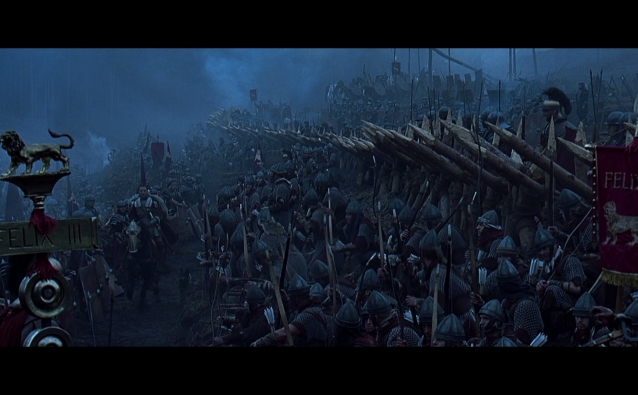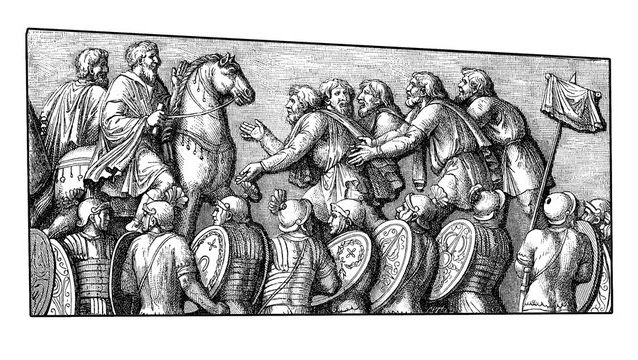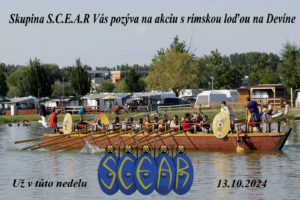Military history
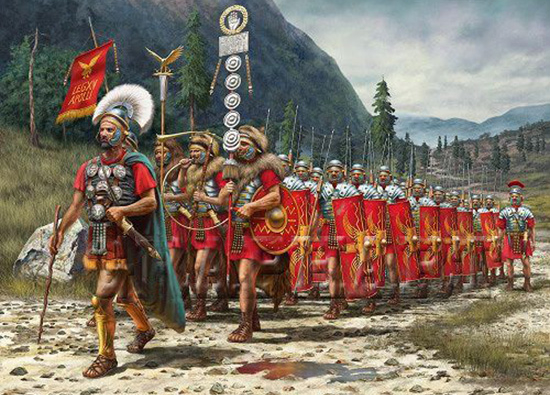
Legio XV Appolinaris. Roman empire assured its firm grip over the provinces of Pannonia and Illyria after several uprisings and wars. Their foothold in the central Danube area was confirmed by building permanently settled military camps. In times of rule of emperor Claudius (41-54 AD), a camp is erected in the area of present day Bad Deutsch-Altenburg.
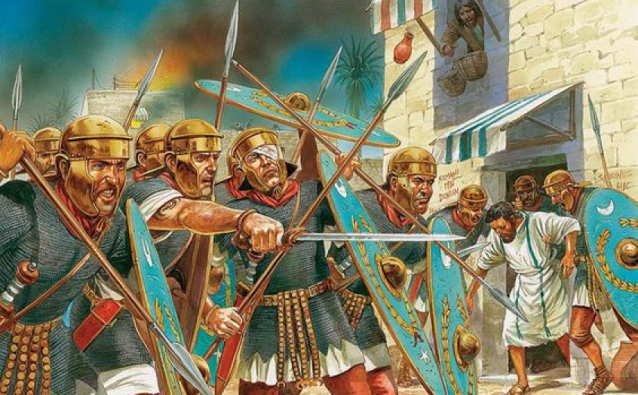
Roman army and auxiliary troops. Roman army was a multinational machine that worked itself to the point of unchallengeable power in Europe, Asia Minor and Africa. Apart from legions...
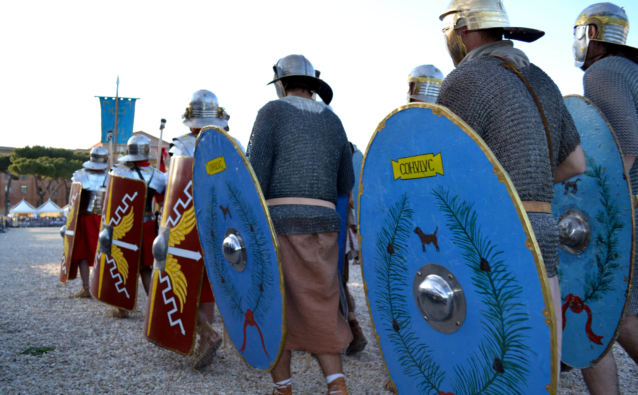
Clipeus: Shield of roman auxiliary troops. Shield was a recognisable part of infantry units across the ancient history. Shield provided protection not only in hand to hand combat, but as the screen bodies of soldiers from the missiles casted from afar by slings, bows or javelins. Shield was specifically...
Roman Pannonia
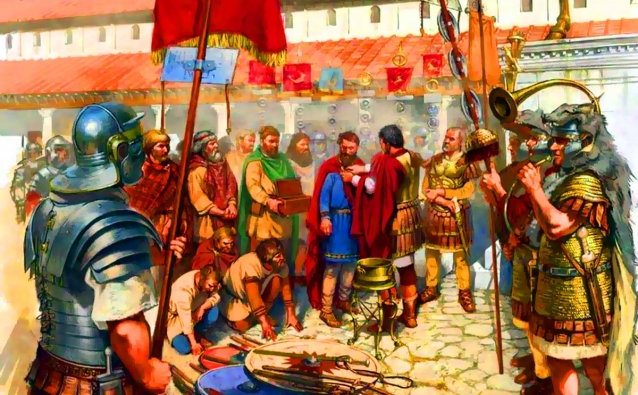
Fierst contact of Slovakia with Roman military might. After the annexation of kingdom of Noricum by growing Roman Empire in year 15 BC and annexation of Illyria (Hungary and northern Balkans) in year 9 AD, the way to the Carpathian valleys was opened for the conquerors.
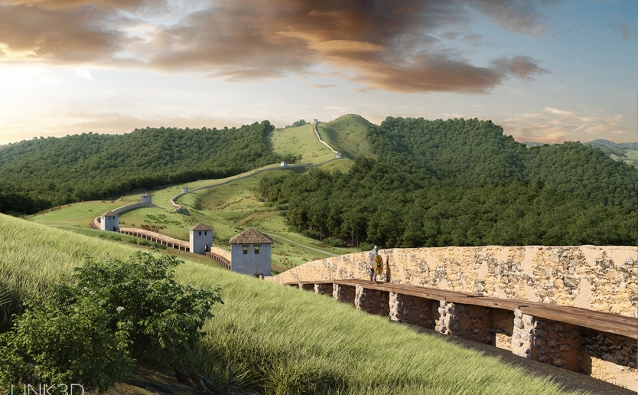
Limes Romanus. Limes Romanus signifies the fortified border of the Roman Empire in the central Danube area. This limes of the central Danube was pinned to the shores of Danube at the borders of provinces of Noricum and Pannonia, and was guarded by numerous manned fortresses at the famous Danubian road that enabled swift movement of military personnel along the border.
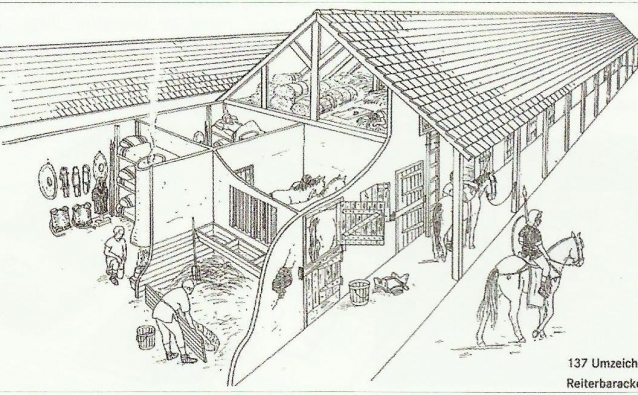
Gerulata, Rusovce. Auxiliary camp of Gerulata (nowadays municipal region of Bratislava) laid at the right bank of Transdanubian region that was part of province of Pannonia in Roman times. Camp was founded at times of forming extensive central Danube region border fortification system of Limes Romanus.

Roman military units and their connection to the Slovakia in the second half of 1st century AD. Along with building new military encampments for auxiliary units at Danubian border
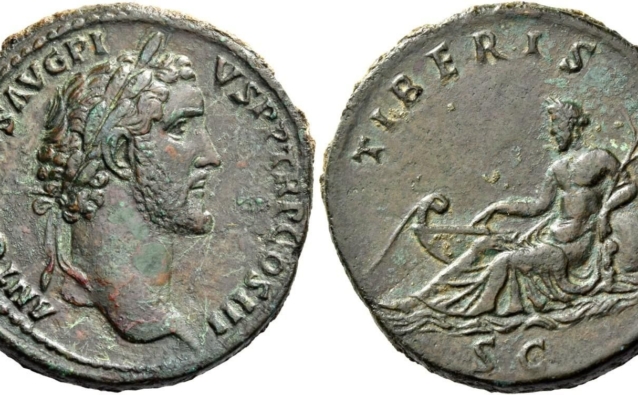
Ancient romans were attentive. Having god or river o your side was important. Ancient romans used their coinage not only to spread their influence, but they often informed about the contemporary events. Coinage often bear the face of emperor ruling at the time of its minting. Among them...
Pannonia civilis
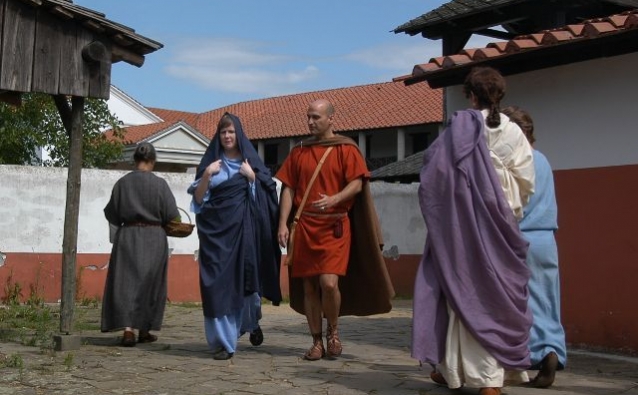
Life of roman and non-roman citizens in the province of Pannonia. Land of present day Slovakia was completely different than land south to the Danube. In times of 1st century AD, the banks of Danube were lined by thick forests.
Romans and Barbaricum
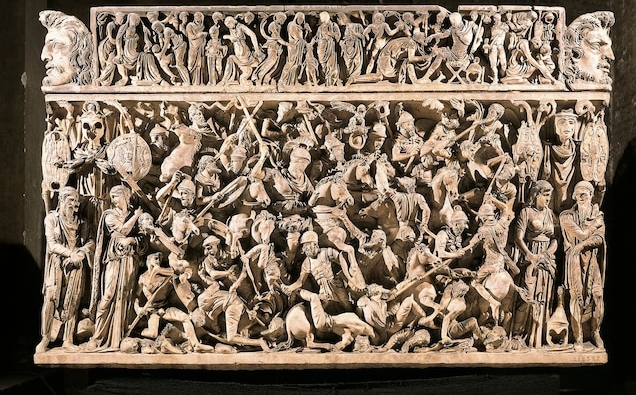
Roman weapons in the sacrificial grounds of Northern Europe. In 19th century, several researchers explored marshes of Cimbrian peninsula and Scandinavia. They hid formidable wealth in form of weaponry of foreign origin.


